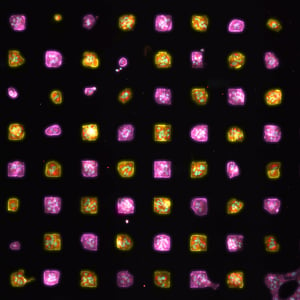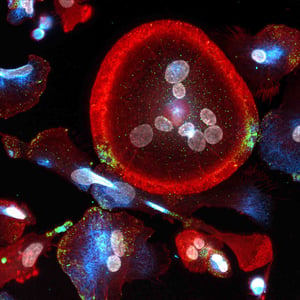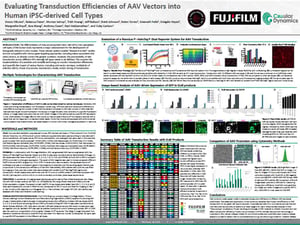

OVERVIEW
The differentiation of induced pluripotent stem cells (iPSC) into specialized cell types of the human body represents a major advancement for the development of biologically relevant, in vitro models. These cellular systems enable “disease-in-a-dish” studies and are compatible with various gene-targeting approaches, including adeno-associated viral (AAV) vectors, to directly correct the genetic mutation. However, the permissibility of AAV transduction across different iPSC-derived cell types needs to be defined. This requires the implementation of a sensitive and versatile technology to monitor transduction efficiencies and quantify the impact of various factors, including viral-vector serotype, multiplicity of infection (MOI), choice of promoter, transduction media, and/or timing of transduction.
RELATED RESOURCES
CONTACT US
Let's discuss how we can help with your next study.
Evaluating Transduction Efficiencies of AAV Vectors into Human iPSC-derived Cell Types
Overview
The differentiation of induced pluripotent stem cells (iPSC) into specialized cell types of the human body represents a major advancement for the development of biologically relevant in vitro models. These cellular systems enable “disease-in-a-dish” studies and are compatible with various gene targeting approaches, including adeno-associated viral (AAV) vectors, to directly correct the genetic mutation. However, the permissibility of AAV transduction across different iPSC-derived cell types needs to be defined. This requires the implementation of a sensitive and versatile technology to monitor transduction efficiencies and quantify the impact of various factors, including viral vector serotype, multiplicity of infection (MOI), choice of promoter, transduction media, and/or timing of transduction.





